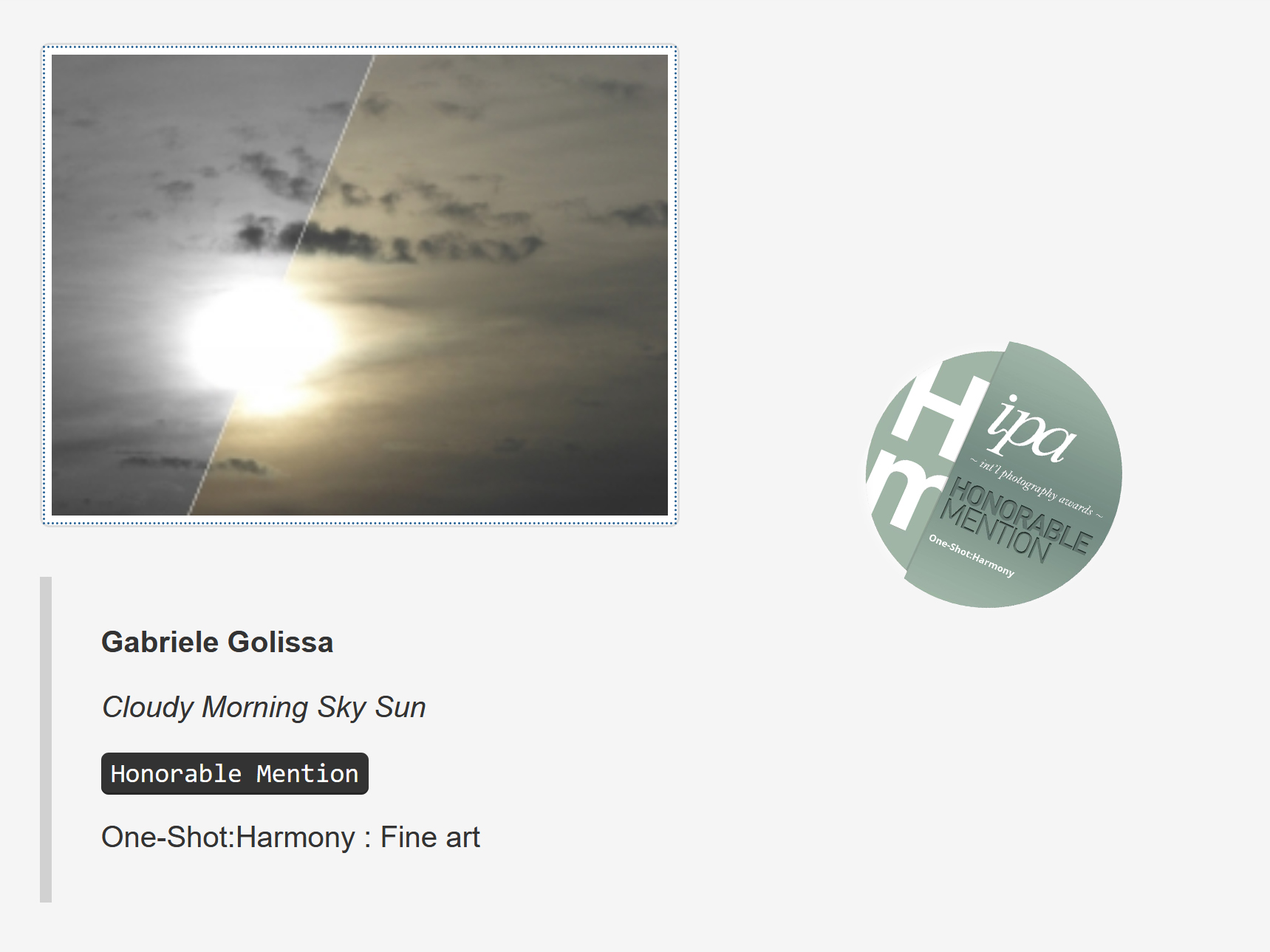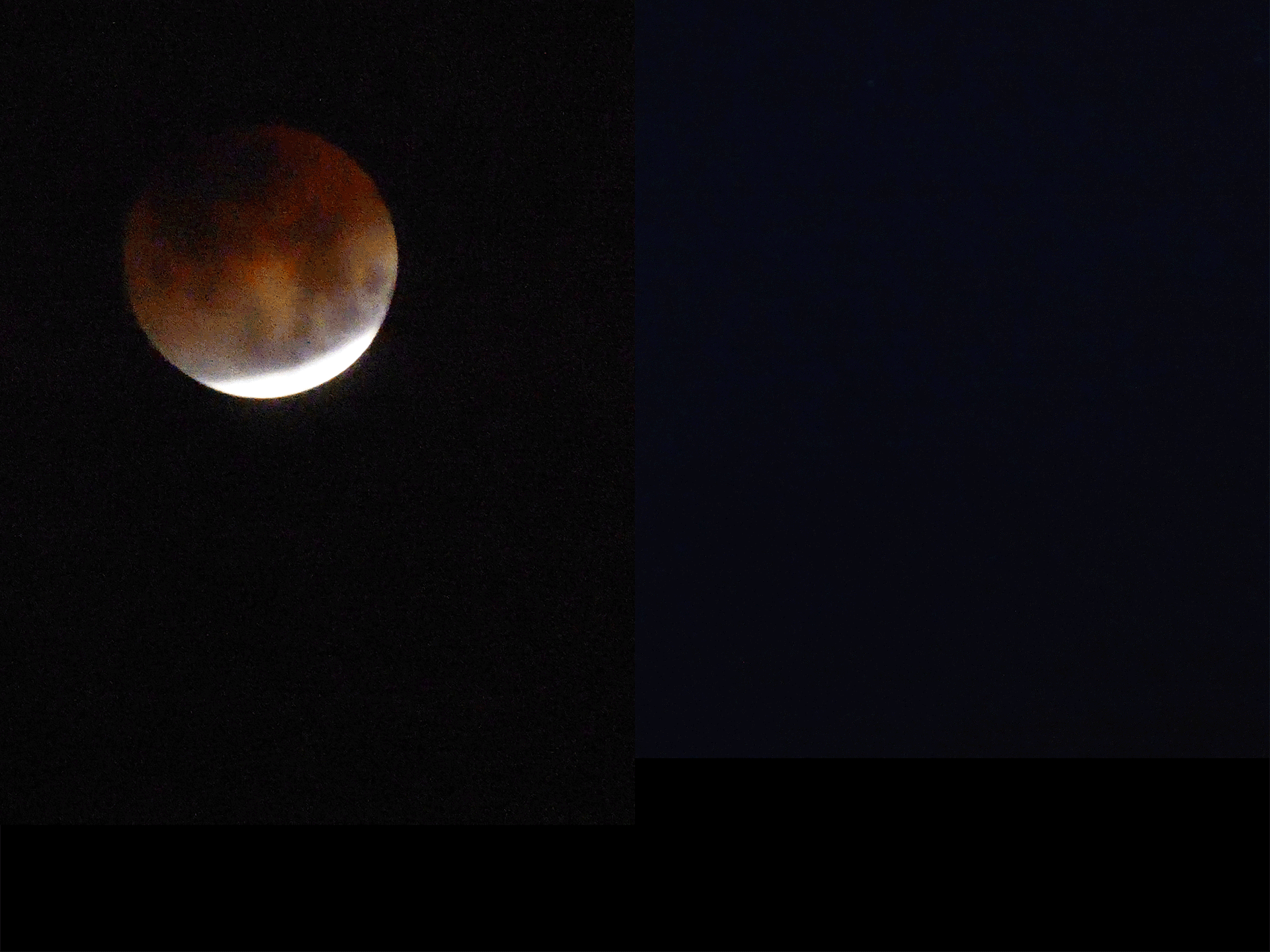 “I with borrow’d silver shine,
“I with borrow’d silver shine,
What you see is none of mine.
First I show you but a quarter,
Like the bow that guards the Tartar:
Then the half, and then the whole,
Ever dancing round the pole.”
—Jonathan Swift, On the Moon, 1853
One rotation of the Moon around its own axis takes as long as it takes the Moon to orbit Earth once. From Earth therefore, an observer at any given location always sees the same side of the Moon. The side visible from Earth is called the near side and the unseen side far side.
The Moon does not glow by itself but is only visible when illuminated by the Sun. As Earth orbits the Sun and the Moon orbits Earth, visibility of the Moon observed from Earth varies. The shape of the visible part of the Moon is called the phase of the Moon or lunar phase. A full moon is when an observer from Earth can fully see the near side of the Moon and a new moon is when the Moon is completely invisible. In between these lunar phases, the visible part of the Moon either increases (waxing) from new moon to full moon or decreases (waning) from full moon to new moon.
Lunar phases occur at slightly different times depending where on Earth they are observed. The shapes of the waxing or waning Moon also differs depending on from what hemisphere it is observed: in the northern hemisphere the Moon waxes from right to left and in the southern hemisphere from left to right and wanes vice versa. Near the equator, the moon waxes from bottom to top and wanes from top to bottom.




